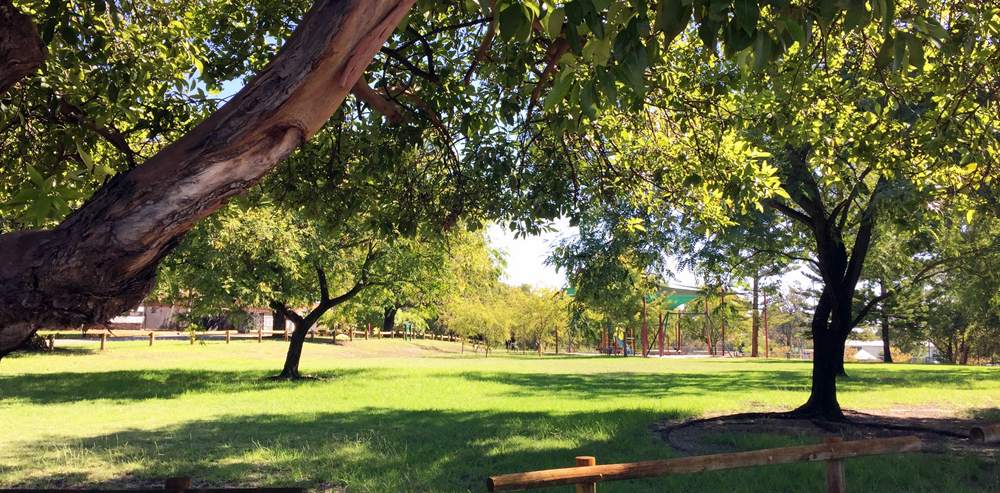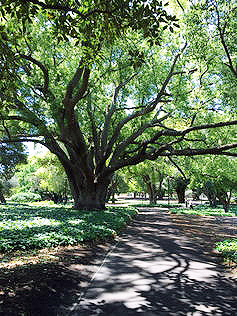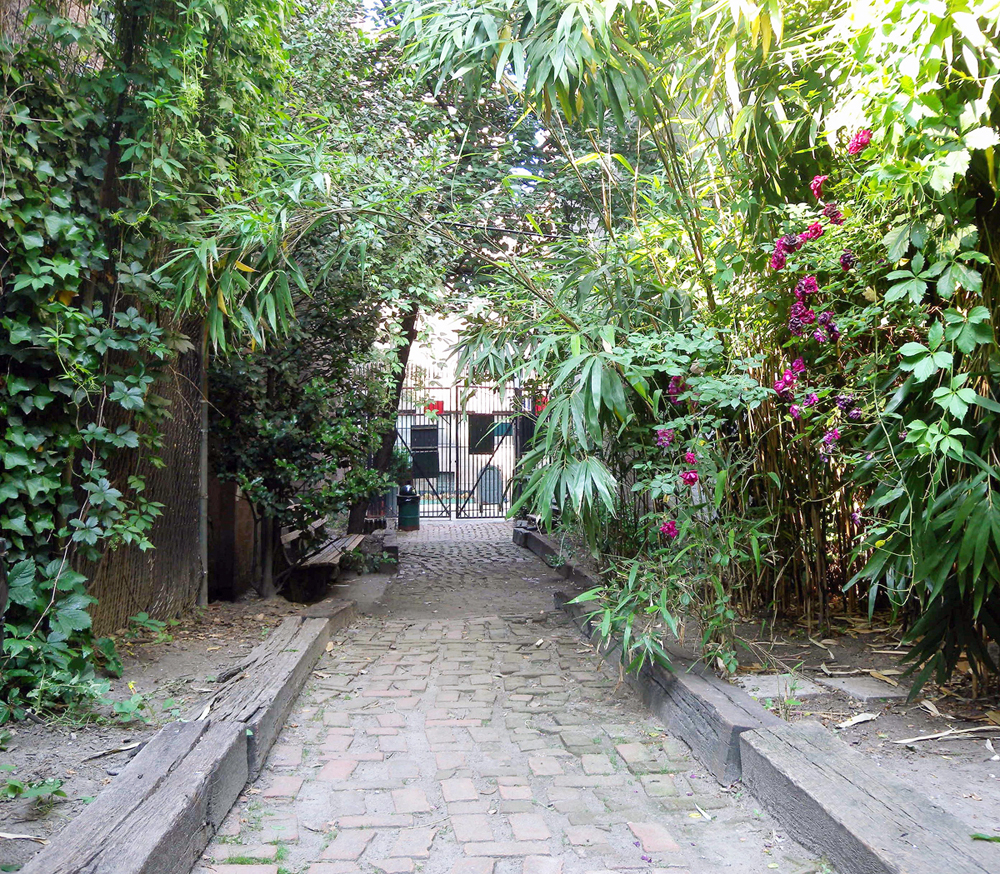
DECADES' WORTH OF MEANINGFUL DATA HAS CONCLUSIVELY SHOWN
THE BENEFICIAL NEUROLOGICAL, COGNITIVE, EMOTIONAL, AND
PHYSIOLOGICAL EFFECTS OF TRULY "GREEN SPACE." IT IS TIME THAT
URBAN DESIGN APPLIES THESE FINDINGS TO PROMOTE EXISTENTIAL
CHANGE IN THE BUILT ENVIRONMENT.
One in five Australians will suffer from a mental health issue this year, and living in a city makes it far more likely. Research shows that city dwellers have a 20% higher chance of suffering anxiety and an almost 40% greater likelihood of developing depression.
Promisingly, however, research has also found that people in urban areas who live closest to the greatest “green space” are significantly less likely to suffer poor mental health.
Urban designers thus have a significant role to play in lowering these rates of mental illness, and the data on how nature affects our brains are central to changing the ways we design. As depression is the world’s biggest cause of disability, we cannot afford to ignore the impact of public environments on mental health.
Multiple stressors associated with city living have been shown to increase activity in the parts of the brain corresponding to the “flight or fight” response.
Further reading: Vanishing Australian backyards leave us vulnerable to the stresses of city life

for an immersive "escape" from the
urban world. Image provided by
Zoe Myers.
How does exposure to nature reduce these stresses? There are two enduring theories on how nature affects the brain. Both are based on nature having a restorative effect on cognitive and emotional function.
It is not emptiness or quiet, however, that has the effect. Nature in its messy, wild, loud, diverse, animal-inhabited glory has the most impact on restoring a stressed mind to a calm and alert state. This provides a more complete sense of “escape” from the urban world, however brief.
This idea is not new, nor is it surprising. Many people seek out nature to restore well-being, and multiple disciplines have sought to measure these restorative effects.
The result is more than 40 years of research quantifying specific neurological, cognitive, emotional, and physiological effects of “nature” elements. These effects include increased calm and rumination, decreased agitation and aggression, and increased cognitive functioning—such as concentration, memory, and creative thought.
Further reading: Biophilic urbanism: how rooftop gardening soothes souls
A neglected resource for urban design
This wealth of data has been largely overlooked in driving good urban design.
Much of this can be attributed to the data being siloed into scientific disciplines separate from design. All use different languages and are often hidden behind academic journal paywalls.
Also significant is the complexity of mental health issues. This makes it difficult to draw conclusions on environmental effects. To use this data required first a meta-analysis of these methodologies and outcomes, and my own interpretation of how the data applied specifically to urban design.
There are some notable conclusions:
- Different natural elements can induce different benefits. This means generic design plotting of “green space” on an urban plan, however aesthetically pleasing, does not specifically target mental well-being.
- Time plays a significant role. There is no point having great green spaces if these do not provide good reason or opportunity to linger long enough to experience the restorative benefits.
- How you engage with your environment matters. Results differ depending on whether the user is observing, listening, or exercising in the space. Taking these variables into account can produce a vast combination of design scenarios.
unlikely to maximise the benefits of green
space. Image provided by Zoe Myers.
For example, despite the many studies on the restorative effects of forests, these are not the most accessible option for most city-dwellers. Urban parks are alternative, but creative, natural interventions in urban spaces that encourage incidental interaction with green space can also produce much benefit.
Much has been written about how walking or exercising in green spaces seems to amplify the effects on the brain of viewing nature. Indeed, as little as five minutes of “green exercise” can produce these benefits.
Further reading: Higher-density cities need greening to stay healthy and liveable
What’s wrong with existing green spaces?
Many urban parks and green spaces—particularly in residential areas—are unimaginative, repetitive, and lack basic elements to evoke these references to nature. Nor do they encourage walking or enjoying the natural elements for any length of time.
For example, paths without shade or protection do not encourage walks long enough to achieve benefits. A lack of landscape diversity does little to activate fascination or interest, and fails to offer incentive to visit them, especially given the ways in which parks can be separated from their surroundings.
provided by Zoe Myers.
In an attempt to create spaces to serve function, such as ensuring enough turf for a game of football, much biodiversity has been removed, thus also removing the sights, sounds and smells needed for an immersive, multi-sensory experience. This applies equally to many suburban footpaths and residential streets.
When urban design gets it right
Compare this to urban areas that employ creative uses of incidental nature to capture attention and offer genuine interaction.
Successful parks and urban green spaces encourage us to linger, to rest, to walk for longer. That, in turn, provides the time to maximise restorative mental benefits.

from Atlas Obscura.
Further reading: Greening cities makes for safer neighbourhoods
Urban design’s role in shaping our cities is becoming less about the design of physical spaces and more about extracting principles that can be applied to urban spaces in ways specifically tailored to context, site, region, and climate.
This means urban design can have a real impact on mental well-being, but we need to look outside our discipline for data to make it effective. 
This article was reprinted from The Conversation, an independent source of news and views, sourced from the academic and research community, and delivered direct to the public. Read the original article here.


